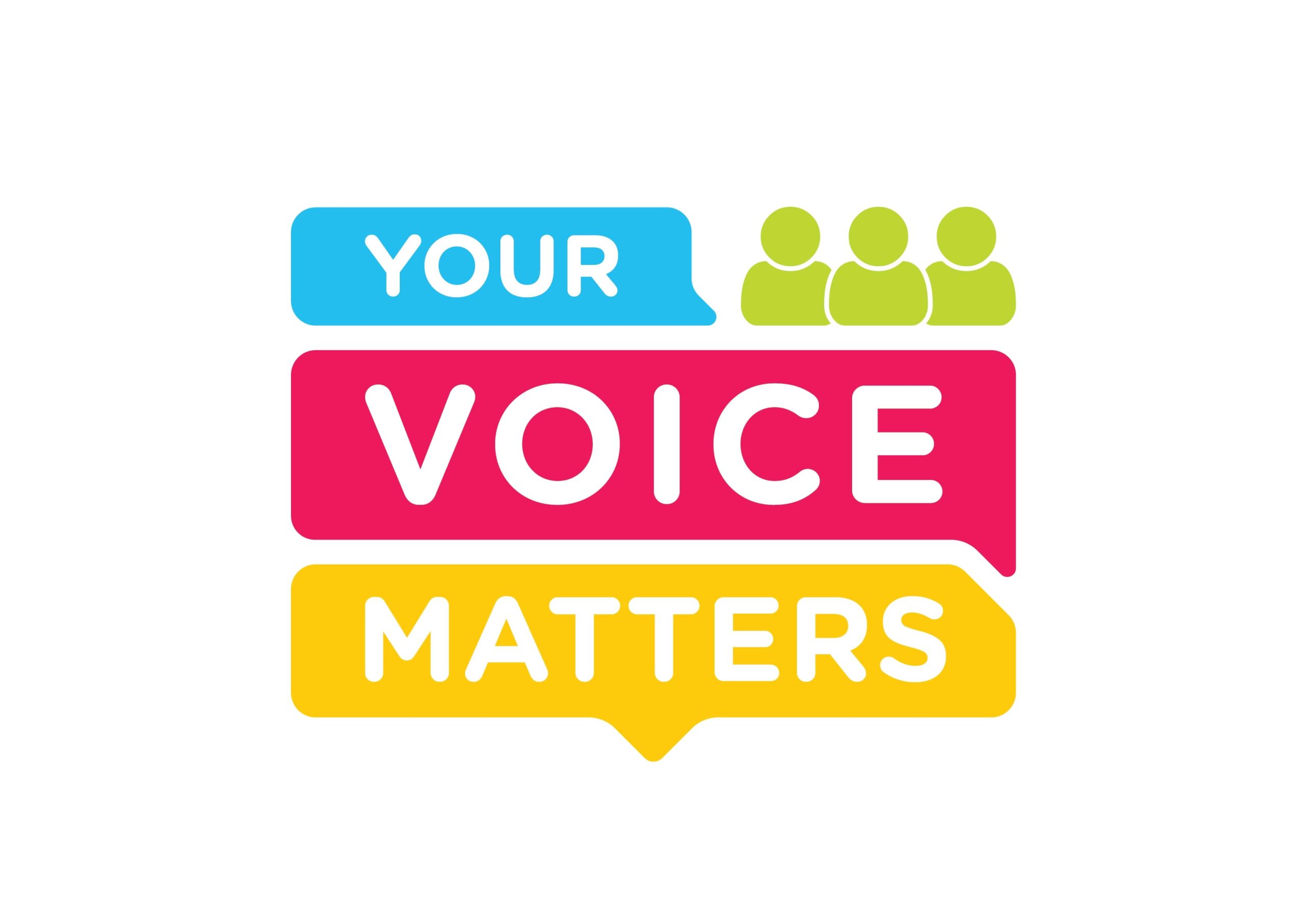According to the United Nations, an ageing country is a condition where a community of people aged 65 years and older makes up 7 per cent of the total population.
While this issue has been lingering globally for a decade, Malaysia is also moving towards becoming an older nation.
A report by the Department of Statistics Malaysia stated that Malaysia is officially considered an ageing country, as people aged 65 years and older is expected to reach 7.3 per cent of the national population within this year.
In this case, we often overlook how this issue impacts dental care. Most discussions tend to focus on the medical perspective, sometimes jeopardising the need to recognise the far-reaching effects on oral health as well.
Issues with an ageing population with regard in oral health include:
- Untreated tooth decay.
- Gum disease.
- Tooth loss.
- Oral cancer.
- Chronic disease such as arthritis, diabetes, and heart problems.
Health Impact
Elderly individuals with dentures or dental disease will reduce their consumption of fruits and vegetables and increase their consumption of soft meals high in cholesterol and saturated fat.
This will pose a greater risk of chronic illness due to their precarious health conditions, and consequently, affect their overall health and quality of life.
Economic Impact
Lower rates of edentulism and an ageing population mean that older people will feature more prominently in dental services.
An increasing number of dentulous older adults will also place great demands on the resources and skills of the dental workforce, not only because they have more teeth and active dental caries, but also because they are more sophisticated in their demands on the oral health care system.
Current Situation In Malaysia
Budget 2023 has shown an increase in funding for the Ministry of Health (MOH). Nevertheless, looking at the 2022 report of the Oral Health Programme, the operational budget allocation was roughly just 2.0 to 3.0 per cent of the entire MOH budget.
This has resulted in a major financial strain on the public health care system, since 79.5 per cent of Malaysians seek oral health care treatments at public health care facilities.
Based on projections of an ageing population and trends of individuals keeping their teeth longer, there is an increasing need to maximise the skill mix of the oral health care team to satisfy these needs in terms of human resources.
Age-related changes in illness patterns, particularly in chronic non-communicable diseases, may present new challenges for the delivery of healthcare services.
What’s Next?
Life expectancy rises as a country becomes older. This is due to improved living and health care standards, as well as a decline in reproduction rates. Malaysia is expected to have nearly 14.5 per cent of adults aged 65 and above in 2040.
The government’s efforts to address the ageing population and provide long-term care for the elderly were included in the Health White Paper (HWP), a health reform plan by the MOH.
To accomplish shared health goals, human resources from various ministries and agencies, such as community workers and allied health officers, will be connected.
There will be a formalisation of inter-ministerial taskforce on healthy ageing and aged care, as well as an establishment of Health in All Policies Task Force to monitor shared health key performance indicators (KPI), coordinate human resources and resolve coordination issues on addressing social determinant of health (SDH).
When it comes to finance, the uniform price system for everyone has led to a significant disparity between the cost of delivery and the ability to pay, especially when it comes to subsidizing even high-income families.
The National Health Morbidity Survey reported that 33.1 per cent of T20 patients uses public oral health care. In contrast, 35.8 per cent of the B40 group and 41.7 per cent of the M40 group were reported to be using private oral health care services.
These statistics demonstrated that a significant fraction of people from lower socioeconomic groups continue to pay for their own medical care in the private sector.
As for the older population, the current dental fee policy for them is mostly free; however, the government still needs to bear higher cost each year. The HWP has proposed increasing the budget allocation to 5 per cent of GDP, as recommended by the World Health Organization.
Overall, realising that funding and human resources is inter-correlated and funding given to oral health department has always been minimised despite an increasing disease burden, we may want to ask, “Is this enough?”
If long-term employment of the contract doctors is still in doubt, would they want to be a part of this transformation?
Conclusion
Steady increases in both the absolute and relative numbers of older people- together with increases in tooth retention into old age- pose particular challenges for the oral care system.
With the country transitioning towards an aged society by 2040, it is important to invest in training and equipment for geriatric care.
The reformation of curative health care to preventive health care is a good start when addressing the inclusion of oral health care in general health programmes.
Dr Diyana Sheereen Anuar is a postgraduate student in dental public health at the Faculty of Dentistry, Universiti Teknologi MARA.
- This is the personal opinion of the writer or publication and does not necessarily represent the views of CodeBlue.




